The march towards mainstream adoption of eSIM technology got a massive boost with the arrival of the iPhone XS, XS Max, and XR. We're now one step closer to ditching physical SIM cards altogether. If you're on the fence about this new technology, you may be surprised by the benefits it brings to the table.
Unlike traditional SIM cards that store your carrier-related data such as your mobile number in a small, physically transferable card, eSIMs are built into the phones themselves. If you're thinking about whether to store your primary phone line on your iPhone's eSIM once the function becomes available, there's some notable upsides, along with some downsides, to consider before taking the plunge.
1. It's Even Easier to Switch Between Carriers
One of the biggest upsides to having your line stored within your iPhone's eSIM is the freedom it gives you to switch carriers. In fact, this tech will make changing from one company to another as simple as switching Wi-Fi networks, giving you more power over the network which relies on your business to survive.
This means if you ever decide to leave Verizon for T-Mobile (assuming your iPhone is paid off), you'll no longer have to either go to a physical store to receive a SIM or wait for it to be delivered to your doorstep, much less have to pay for one. Now, all it takes is a quick phone call, scanning a QR code, or simply installing a carrier's app to program your iPhone's eSIM for instant activation.
To be fair, there is a slight downside to eSIM here, at least for now: It's not supported by every carrier yet. It's also only available on a handful of other phones like the Google Pixel 2 and Nu X5. But now that Apple's latest flagships support the feature, you can expect the rest of the mobile industry to fall in line pretty quickly, so this won't be a problem for long.
2. eSIMs Are Ideal for Travel
If you're a frequent traveler, whether for business, pleasure, or both, you know that the rest of the world almost entirely depends on the traditional SIM card to activate and store phone lines. In the past, traveling abroad meant removing your SIM and replacing it with a phone line sourced from a local carrier like Philippines' Globe, rendering your US-based number useless.
Programming your primary line into your iPhone's eSIM changes all that, however. It gives you the newfound ability to freely plug a foreign SIM into your iPhone for local use while retaining your original line to stay connected with loved ones and colleagues back in the States. Of course, this only applies if your iPhone is unlocked, so always check with your carrier beforehand.
3. You Can Activate Multiple eSIM Lines
Unlike traditional SIM cards that can register and store only one phone line and cannot be reused once the line is deactivated, eSIM gives you the ability to program as many active phone numbers or data plans into your iPhone, according to Apple. Just bear in mind that you can only use one eSIM-based line at a time, in addition to the active phone line that's stored in your iPhone's nano-SIM.
We're currently unsure if the 2018 iPhones can support two eSIM-based numbers if the nano-SIM option isn't being used (no nano-SIM inside the iPhone) for a total of two active lines. We reached out to Apple for clarification and are still waiting for a reply. We'll update this section as soon as we receive more information, so stay tuned.
4. Phone Thieves Will Have a Harder Time
The iPhone XS, XS Max, and even the iPhone XR are highly sought-after devices, and as such, will be prime targets for theft. In fact, iPhone theft is so common that we all know of someone who's been a victim, if not ourselves (I've had one lost and one stolen). And while having your line stored via eSIM won't totally shield you from theft, it may make it much more difficult for criminals to resell your device for parts.
As a rule of thumb, thieves and unscrupulous vendors that trade in stolen devices will first remove the SIM card to prevent phone calls before powering it on briefly for testing. Having a phone line stored within the iPhone's eSIM will make this impossible, and may deter black market vendors from purchasing a stolen iPhone XS, XS Max, or XR for fear of getting caught.
Unfortunately, having a line programmed on an eSIM isn't bulletproof, as criminals still have the option to reset a stolen iPhone either via Restore or DFU mode to wipe its contents clean. While the device will still remain iCloud locked (if enabled) even after a clean restore, we currently don't know if any phone lines stored via eSIM will remain intact.
Again, we contacted Apple regarding this matter, but haven't gotten a reply. Of course, we'll post an update as soon as we receive an answer, so be sure to check back often.
Just updated your iPhone? You'll find new emoji, enhanced security, podcast transcripts, Apple Cash virtual numbers, and other useful features. There are even new additions hidden within Safari. Find out what's new and changed on your iPhone with the iOS 17.4 update.
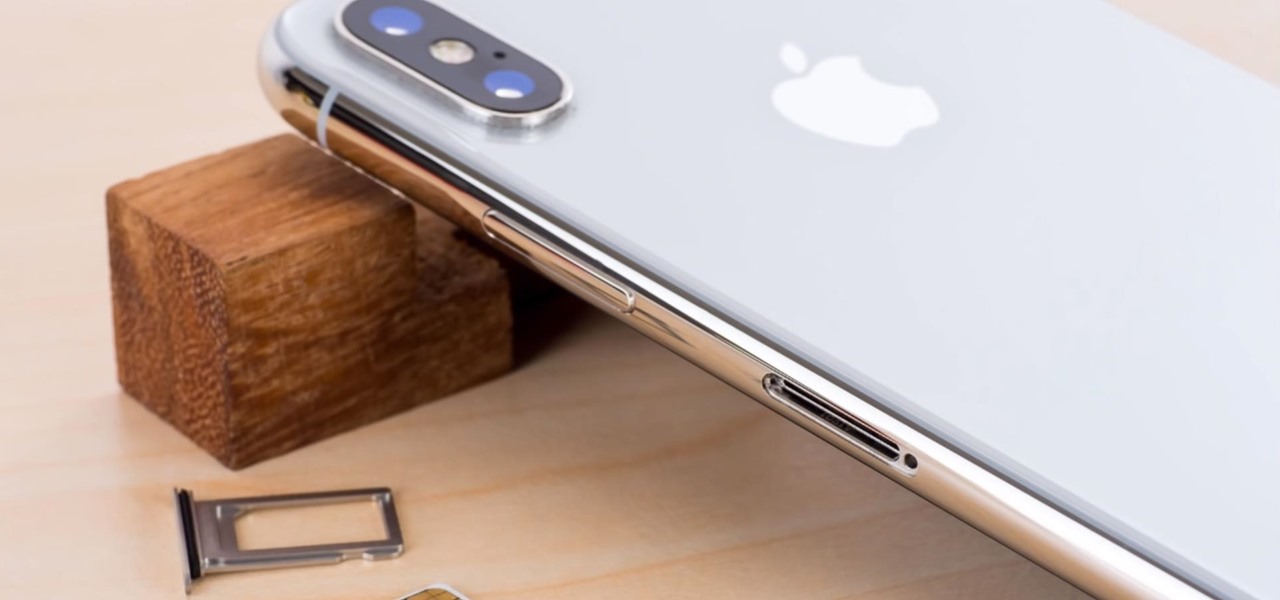


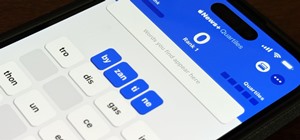

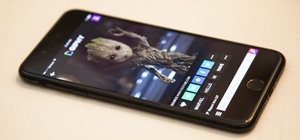

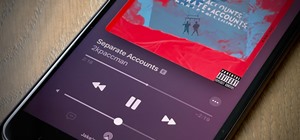
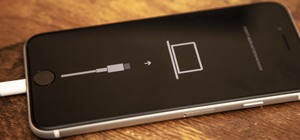
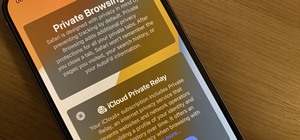
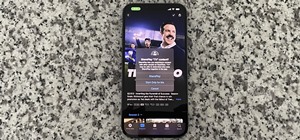






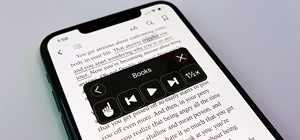


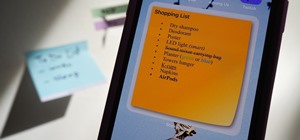
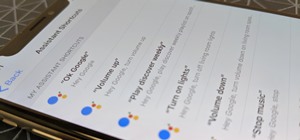
1 Comment
I can confirm that after resetting the iPhone XS the eSIM activation will remain, unless you explicitly choose to remove eSIM settings from the reset screen with the iPhone unlocked. I was able to confirm that after resetting through iTunes or with the iPhone locked will not remove it.
Share Your Thoughts